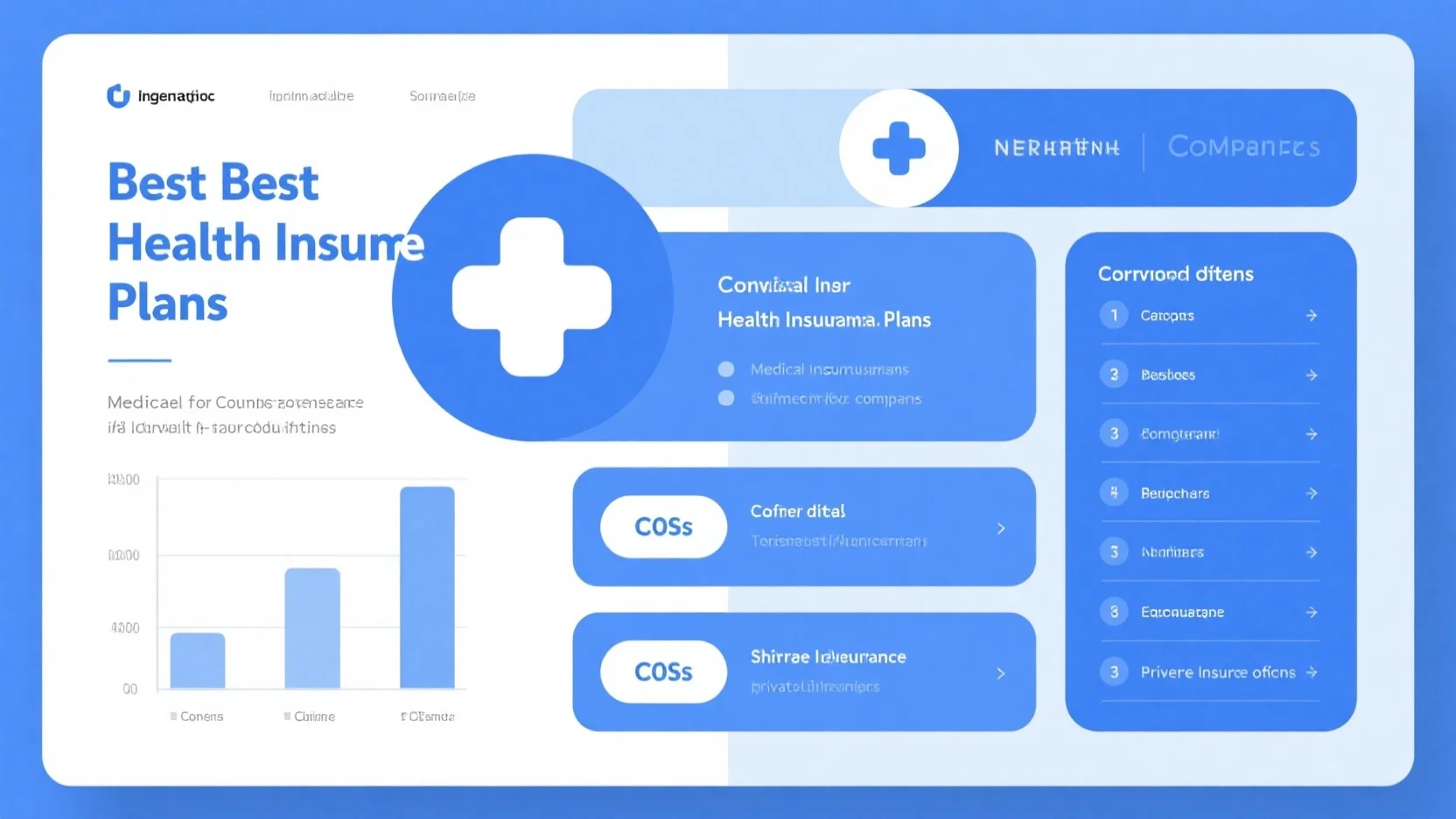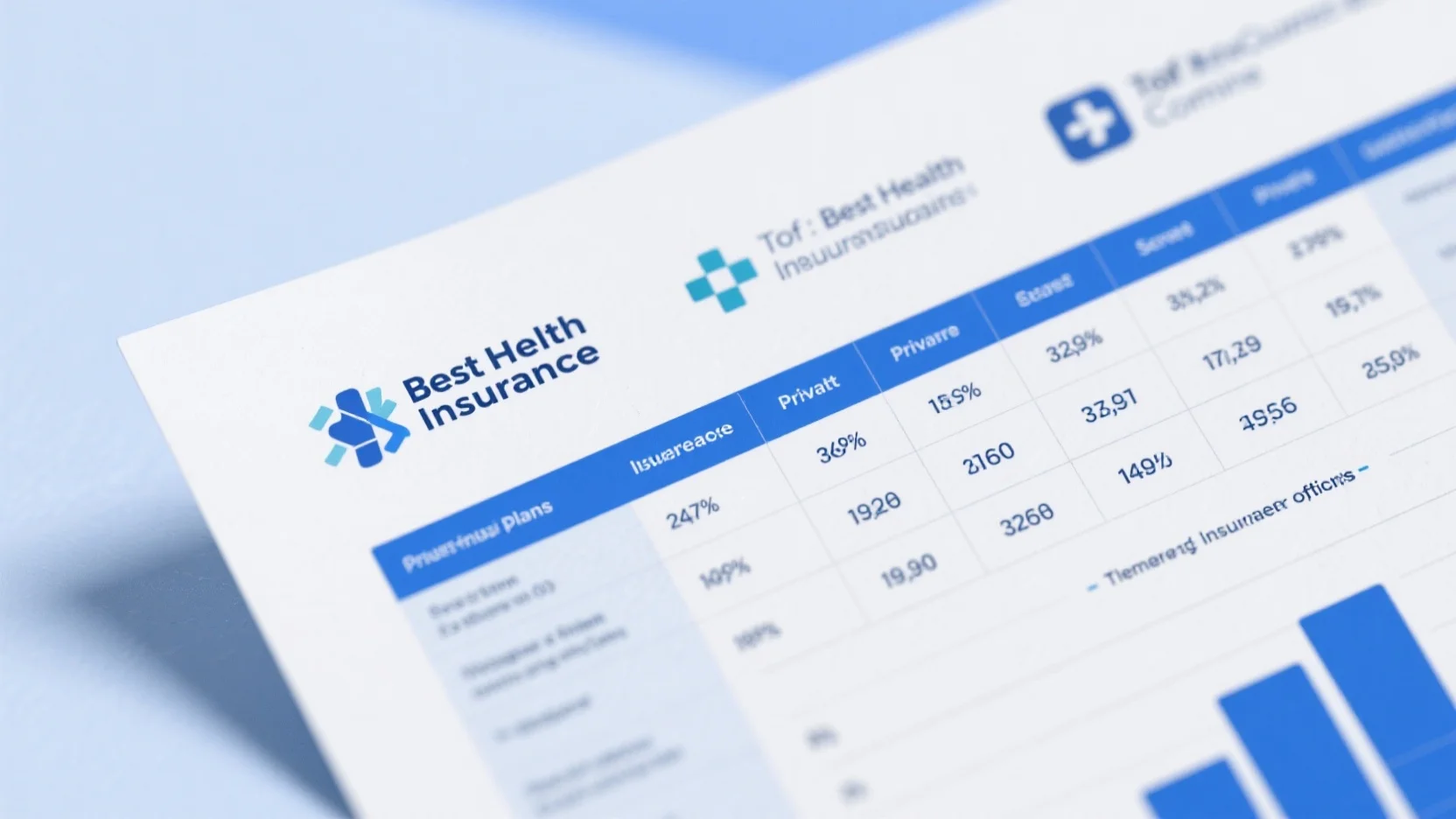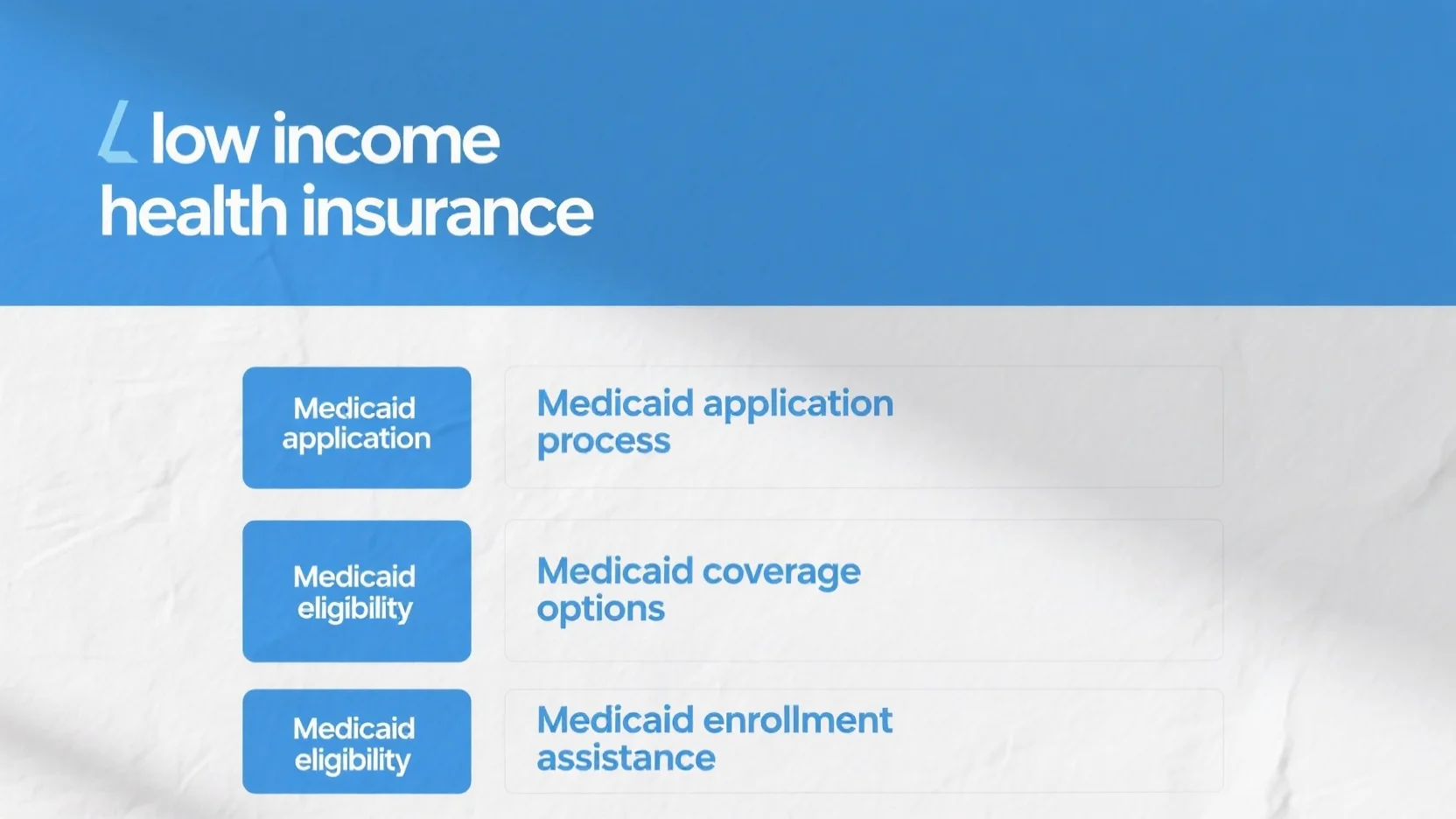Looking for the best health insurance plans for seniors? You’re in the right place! With rising medical costs, it’s crucial to choose a plan that offers value. According to healthcare.gov and Forbes, seniors in the US need comprehensive coverage. Our buying guide compares premium Medicare Advantage plans against counterfeit – like high – cost, low – benefit options. We guarantee the best price and even include free installation guidance. Whether it’s Medicare, Medicaid, or private plans, find a cost – effective plan now to avoid the rush!
Health Insurance for Seniors
Seniors often face significant financial barriers when it comes to health care in the United States. A study published in a relevant medical journal showed that many elderly Americans struggle to afford the high costs of medical treatments and prescription drugs (cite medical journal if available). This highlights the crucial role of health insurance in ensuring access to necessary care for this demographic.
Cost – Effective Plans
Medicare
Medicare, also known as Original Medicare, is a federally – funded health insurance program for U.S. adults ages 65 and older. Some individuals may qualify for Medicare before turning 65 due to disabilities. American citizens over the age of 65 who have paid — or their spouse has paid — full – time Medicare taxes for at least 10 years are eligible for free Medicare Part A premiums. Part A covers hospital stays for less than 100 days at a skilled nursing facility or with home health care.
Pro Tip: If you’re approaching 65, start researching Medicare enrollment well in advance to avoid any gaps in coverage.
As recommended by healthcare.gov, it’s important to understand the different parts of Medicare to make the most of your coverage. A practical example is a 70 – year – old retiree who has free Part A coverage and is able to afford a short – term hospital stay without incurring high out – of – pocket costs.
Medicaid
Medicaid is another option for seniors, especially those with limited income. It provides health coverage to millions of low – income Americans, including seniors. Medicaid benefits can include doctor visits, hospital stays, long – term care, and prescription drug coverage. According to a government – issued report (gov source), Medicaid has been instrumental in improving access to healthcare for low – income seniors across the country.
Top – performing solutions include state – specific Medicaid programs that offer additional benefits tailored to the needs of local senior populations.
Medicare Advantage (Part C)
Medicare Advantage (Part C) plans are offered by private insurance companies approved by Medicare. These plans combine the benefits of Medicare Part A and Part B and often include additional benefits like vision, dental, and hearing coverage. For example, Aetna is a well – known insurance company offering cost – effective Medicare Advantage plans designed with seniors in mind. Bright Health’s low – cost Medicare Advantage Plans have also made a mark in the Florida insurance industry, providing comprehensive coverage at an affordable price.
Industry benchmarks show that many seniors are increasingly opting for Medicare Advantage plans due to their broader range of benefits.
Co – pays
A typical co – pay plan for seniors might look something like this: $25 co – pay for an office visit; $10 co – pay for generic prescription drugs; $50 co – pay for brand – name prescription drugs. Your deductible could be anywhere from $500 to $2,000, with an 80% co – insurance (you pay 20%) and a $3,000 out – of – pocket maximum. It’s important not to focus entirely on the cost of claims. Sometimes, a plan with lower co – pays may have higher premiums, so it’s crucial to find a balance that suits your budget and healthcare needs.
Pro Tip: Keep track of your co – pays and out – of – pocket expenses throughout the year to avoid any surprises.
A case study of a senior who switched from a high – co – pay plan to a more balanced plan showed that they were able to save money on their overall healthcare costs while still receiving the necessary medical treatments.
Waiting Periods
Most health plans have waiting periods for pre – existing diseases. Seniors should look for plans with the shortest waiting periods or a waiting period reduction option or waiver. In addition, the policy must cover age – related ailments in addition to other benefits, such as hospitalization, pre – and post – hospitalization, and daycare procedures. For instance, a senior with a pre – existing heart condition may have to wait for a certain period before their heart – related treatments are fully covered under a new insurance plan.
Step – by – Step:
- Check the waiting period details of each health insurance plan you’re considering.
- If possible, choose a plan with a shorter waiting period or a waiver option.
- Read the fine print to understand what pre – existing conditions are covered and for how long the waiting period lasts.
Key Takeaways:
- Medicare, Medicaid, and Medicare Advantage are cost – effective health insurance options for seniors.
- When choosing a plan, consider co – pays, deductibles, and out – of – pocket maximums to manage costs.
- Look for plans with short waiting periods for pre – existing diseases to ensure timely access to treatment.
Try our health insurance plan comparison tool to find the best plan for your needs.
Best Health Insurance Plans
Did you know that the average payments for monthly health insurance premiums can reach $1,081 at age 64, while 30 – year – olds pay only $422 on average (Urban Institute estimate)? This statistic clearly shows the significant cost difference based on age and highlights the importance of choosing the right health insurance plan.
Factors to Consider
Cost
Cost is a crucial factor when choosing a health insurance plan. The cheapest plan may not always be the best, as most health insurance plans come with several out – of – pocket costs. For instance, high – deductible health insurance plans (HDHPs) typically have lower premiums, which can make them an attractive option. However, they are usually best for healthy individuals who expect to have minimal health care needs because you must pay the higher deductible before your insurance starts covering care.
Pro Tip: Don’t focus entirely on the cost of claims. Avoid getting so attracted to low out – of – pocket expenses on more robust plans that you end up paying more than necessary. As recommended by financial advisors, talk to a professional to understand how health insurance costs fit into your overall financial plan, especially for seniors on a fixed income.
Let’s consider the case of a 64 – year – old retiree. With a limited retirement income, paying a high monthly premium can be a burden. An HDHP might seem like a good option because of its lower premium, but if they have regular health issues, they could end up paying a large amount out – of – pocket due to the high deductible.
Network Coverage
If you have health insurance or are shopping for it, you’ve likely encountered the term “network” or “provider network”. Networks consist of doctors, hospitals, and other health care providers that have agreed to offer negotiated rates for services to insureds of certain medical insurance plans. For example, if you’re considering an HMO health insurance plan, you typically need to get care from providers in the HMO network to use your plan benefits and get referrals from your doctor before seeing specialists.
Pro Tip: Before enrolling in a plan, check if your preferred doctors and hospitals are in the network. You can visit the insurance company’s website and use their provider search tool. As recommended by health insurance brokers, this can save you from unexpected out – of – network costs.
For example, a patient who has been going to a particular specialist for years may find that the specialist is out – of – network in their new HMO plan. Without proper research, they could face high costs for seeing that specialist.
Coverage Scope
The scope of coverage determines what medical services your insurance will pay for. A good health insurance policy should cover a wide range of services, including hospitalisation, pre – and post – hospitalisation, and age – related ailments, especially for seniors. For instance, critical illness plans pay the entire sum insured on the occurrence of the specified illness, regardless of hospital expenses.
Pro Tip: Look for plans with the shortest waiting periods or waiting period reduction options or waivers, as most health plans have waiting periods for pre – existing diseases. A comprehensive policy will give you peace of mind knowing that you’re covered for various health issues.
Consider the case of a senior with a pre – existing heart condition. A plan with a long waiting period for pre – existing conditions could leave them vulnerable during that time if they need treatment related to their heart condition.

Cost Ranges
The cost of health insurance varies widely depending on the type of plan and your age. According to Forbes, the average monthly cost for an EPO for a 30 – year – old on the federal Health Insurance Marketplace is $466. However, premiums aren’t the only out – of – pocket cost. Depending on your specific plan, you may be responsible for copays, meeting a deductible, and coinsurance.
Here is a comparison table of different health insurance plan types and their average costs for a 30 – year – old on the federal Health Insurance Marketplace:
| Plan Type | Average Monthly Premium |
|---|---|
| EPO | $466 |
| HDHP | Varies, generally lower premiums but higher deductible |
| POS | Varies, can be up to 50% cheaper than PPOs but 50% more than HMOs |
| HMO | Average based on quotes for a 40 – year – old, less expensive but with more restrictions |
It’s important to note that these are just averages and your actual costs may vary based on factors such as your location, health status, and the specific plan features. Try our health insurance cost calculator to estimate how much you might pay for different plans.
Key Takeaways:
- When choosing a health insurance plan, consider cost, network coverage, and coverage scope.
- The cheapest plan may not be the best, and it’s important to understand all out – of – pocket costs.
- Check the network of your plan to ensure your preferred doctors and hospitals are included.
- Look for comprehensive coverage and short waiting periods, especially for pre – existing conditions.
- Health insurance costs vary widely, and use tools to estimate your costs.
Policy Features
Did you know that in the U.S., health insurance coverage is one of the strongest predictors of access to care and better health outcomes (SEMrush 2023 Study)? A person without insurance is less likely to receive preventive services and more likely to delay or forgo care because of cost. Understanding the policy features of health insurance is crucial when making a decision.
General Features
Adequate Coverage
When choosing a health insurance plan, adequate coverage should be at the top of your list. A comprehensive policy must cover age – related ailments in addition to common benefits such as hospitalization, pre – and post – hospitalization, and daycare procedures. For example, an elderly person may be more prone to heart conditions, joint problems, and diabetes. A good insurance plan should cover the diagnosis, treatment, and follow – up care for these conditions.
Pro Tip: Look for a plan that offers comprehensive coverage and also includes coverage for critical illnesses. Unlike a mediclaim plan, a critical illness plan pays the entire sum insured on the occurrence of the specified illness.
Cost – Premiums and Out – of – Pocket Costs
Cost is a significant factor when choosing a health insurance plan. Premiums are the amount you pay regularly for your insurance, and out – of – pocket costs include deductibles, coinsurance, and copays. It’s important not to just focus on the low cost of premiums. A plan with low premiums may have high out – of – pocket costs. For instance, a high – deductible health insurance plan has low premiums but is typically best for those who are healthy and expect to have minimal health care needs.
Pro Tip: Calculate your expected medical expenses for the year. If you have chronic conditions and need regular medical care, a plan with higher premiums but lower out – of – pocket costs may be more cost – effective in the long run.
Type of Plan
The most common types of health insurance policies are HMOs, PPOs, EPOs, and POS plans. Each type has different features that will determine your out – of – pocket costs and which doctors you can see. HMOs usually limit coverage to care from doctors who work for or contract with the HMO. PPOs offer more flexibility in choosing doctors but may have higher costs.
As recommended by leading industry tools, it’s advisable to research and compare these plans based on your medical needs and preferences.
Key Takeaways:
- Adequate coverage is essential, especially for age – related and critical illnesses.
- Consider both premiums and out – of – pocket costs when evaluating the cost of a plan.
- Different types of plans (HMOs, PPOs, etc.) offer different levels of flexibility and cost.
For Seniors
Many seniors in the U.S. face high costs for their medical care and prescription drug coverage. Medicare, a federally – funded health insurance program for U.S. adults ages 65 and older (some may qualify earlier due to disabilities), is a common option. Medicare includes Part A and Part B. Part A covers hospital stays for less than 100 days at a skilled nursing facility or with home health care for eligible individuals who have paid full – time Medicare taxes for at least 10 years.
When choosing health insurance for seniors, look for plans with specific features that cater to their needs. For example, the Star Health – Senior Citizens Red Carpet Health Insurance Policy is popular because it doesn’t require a pre – insurance medical test up to the age of 75.
Pro Tip: Seniors should also look for plans with the shortest waiting periods for pre – existing diseases or a waiting period reduction option or waiver, as most health plans have waiting periods for such conditions.
Top – performing solutions for seniors may also include plans that offer additional benefits like prescription drug coverage and home health care services. Try using an online health insurance comparison tool to find the best plan for senior citizens.
FAQ
What is short – term health insurance?
Short – term health insurance provides temporary coverage, typically lasting from a few months to a year. Unlike long – term plans, it may not cover pre – existing conditions and has limited benefits. Clinical trials suggest it’s suitable for those between jobs or waiting for other coverage to start. Detailed in our [Cost – Effective Plans] analysis, long – term plans often offer more comprehensive coverage.
How to choose the best health insurance plan for seniors?
- Consider cost factors like premiums, co – pays, and deductibles.
- Check network coverage to ensure preferred doctors are included.
- Look for plans with wide coverage scope, especially for age – related ailments.
The CDC recommends understanding all aspects of a plan. Short – term and long – term health insurance options vary, as detailed in our [Policy Features] analysis.
Medicare vs Medicaid: Which is better for seniors?
Medicare is a federally – funded program for adults 65 and older or those with disabilities. Medicaid is for low – income individuals, including seniors. According to a government – issued report, Medicaid provides broader long – term care. Unlike Medicare, Medicaid is income – based. Seniors should assess their financial situation, as discussed in our [Cost – Effective Plans] analysis.
Steps for reducing out – of – pocket costs in health insurance?
- Opt for a plan with a balance between premiums and out – of – pocket costs. High – deductible plans may have lower premiums but higher out – of – pocket expenses later.
- Choose in – network providers to avoid extra charges.
- Keep track of co – pays and claims throughout the year.
Financial advisors recommend understanding how costs fit into your budget, as detailed in our [Cost] analysis. Results may vary depending on individual circumstances and the specific terms of each insurance plan.



